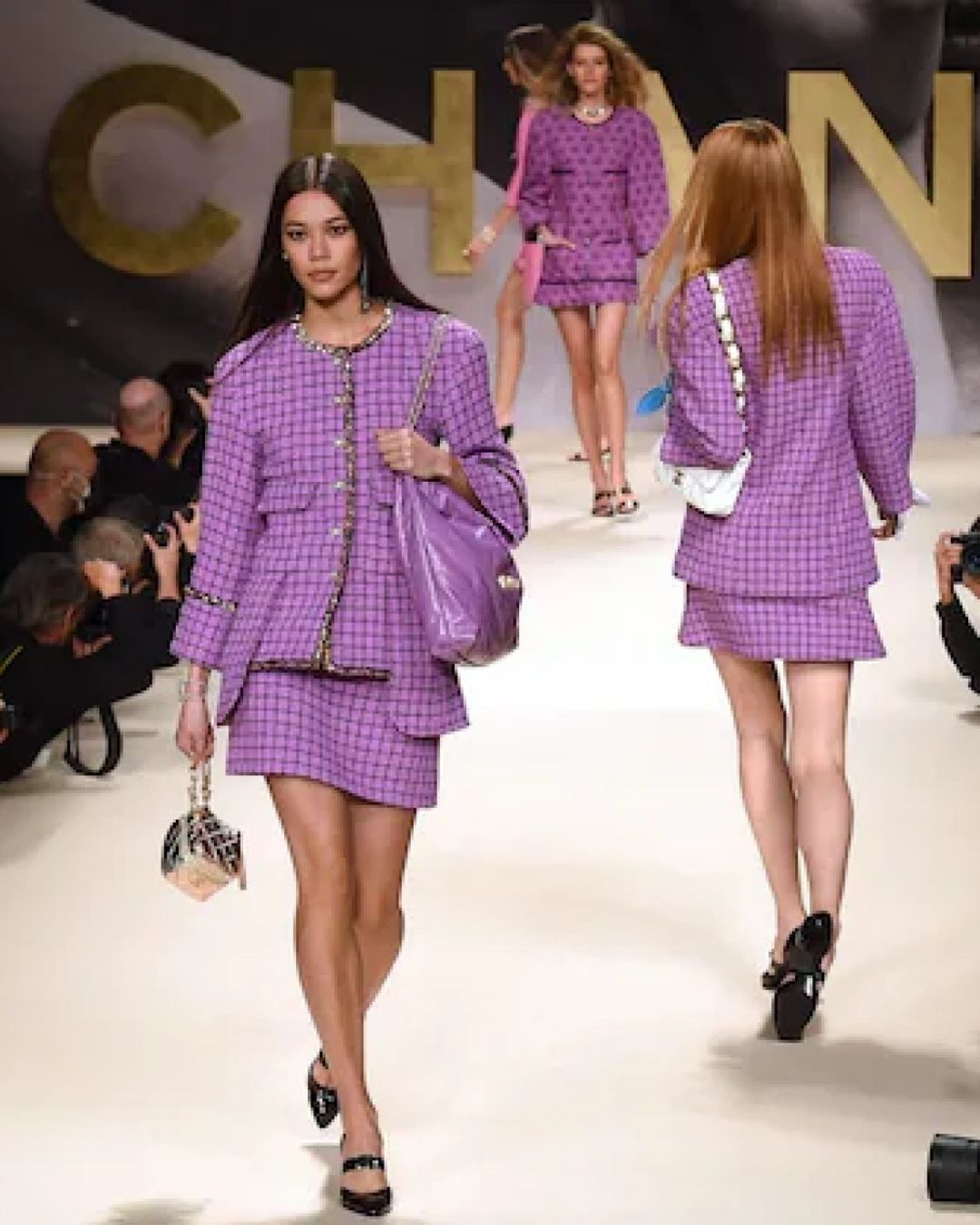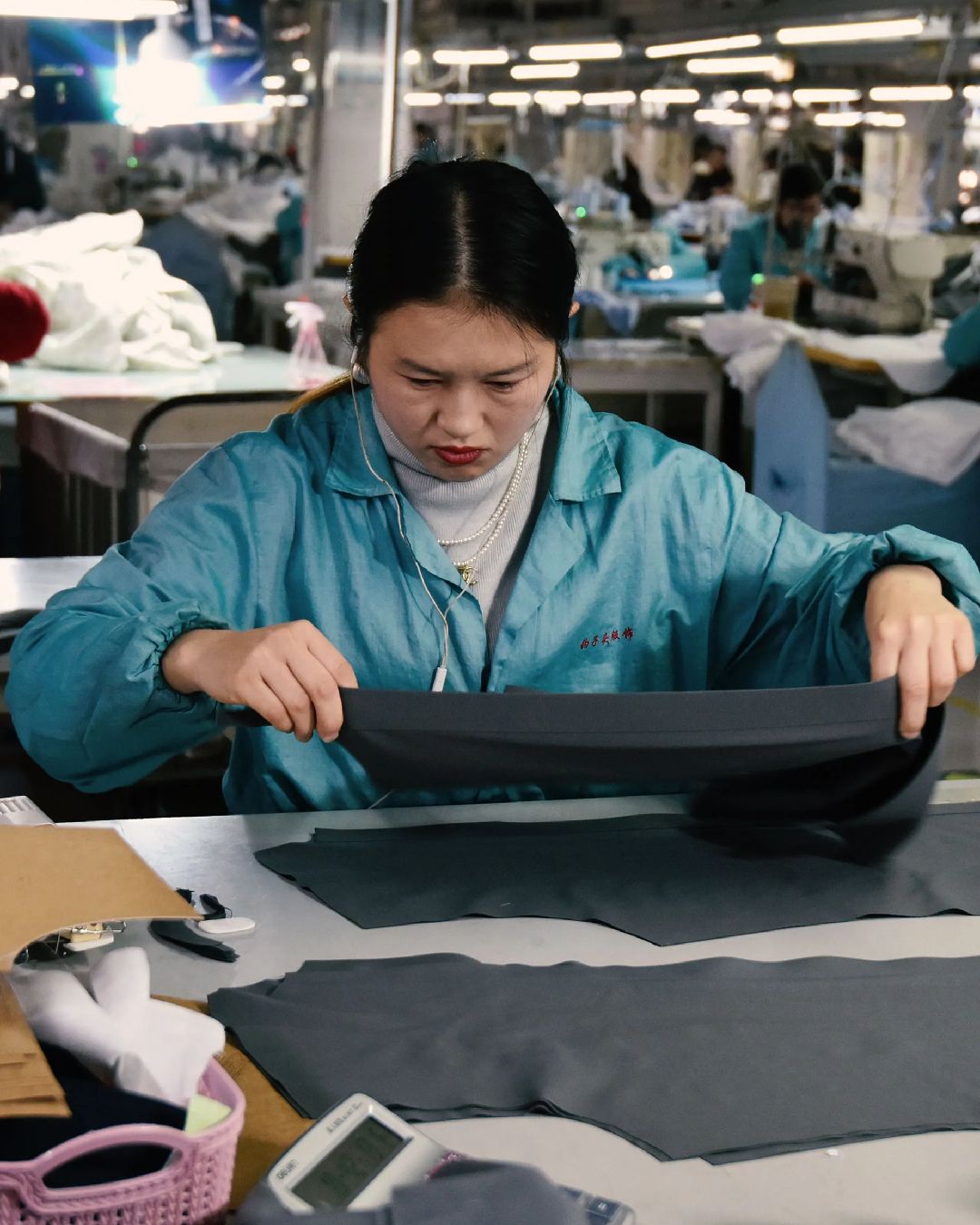
The major players in French fashion reunite for a better reign By sharing the same address, the fashion organizations are seeking to strengthen their political clout
Back-to-school season means new developments, changes, and above all, progress for many sectors, including fashion, which has just concluded an intense and eventful fashion month amid a major shuffle of creative directors. In this context, several French fashion industry federations have decided to unite their efforts and come together geographically, relocating to 8, Rue Montesquieu, in the first arrondissement of the City of Light. Indeed, the teams of the French Federation of Women’s Ready-to-Wear and the Paris Fashion Women's Union recently joined their male counterparts, along with the House of Know-How and Creation, the Federation of Various Clothing Industries, as well as Defi, the professional committee for the economic development of the apparel sector, and IFTH, in an attempt to form a single, unified body that wields greater political influence and beyond. "Now, there is only one destination for companies in the sector: it's 8, Rue Montesquieu," explained to Fashion Network Lionel Guérin and Pierre-François Le Louët, co-presidents of the French Union of Fashion and Clothing Industries (Ufimh), overseeing the various players.
The first day of Paris Fashion Week Womenswear Fall/Winter 2024-2025 is over!
— Fédération de la Haute Couture et de la Mode (@FHCM) February 26, 2024
Stolen moments of the Parisian streets today captured by Samet Görgöz. pic.twitter.com/LlwLrdXdyy
This move will not only amplify the voice of the sector's stakeholders—whose unity indeed represents strength—but also simplify the communication and coordination of actions by centralizing them in one place, both physically and online. The decision followed careful consideration of the sector's occupations and their importance to the French economy, as it is well known that France is considered the cradle of fashion, where its history and trade began and reached its current magnitude. From Marie Antoinette's court, which set the fashion codes not only for Paris but for Europe, through the stylistic consequences of the French Revolution, to today's major fashion houses dictating global fashion trends, France and its houses remain essential to the world of fashion. Today, Paris Fashion Week attracts an average audience of 5,100 visitors from around the world, with many arriving by plane on carriers like Air France, staying in hotels, taking taxis, and dining in the capital's restaurants, all of which contribute to the French economy and spread a piece of French fashion abroad when they return.
Beyond initiatives that boost the country’s GDP and expand French fashion exports, it is crucial to strengthen the sector's voice with the new government of Michel Barnier, recently elected Prime Minister following Gabriel Attal’s early departure. "The previous government was very receptive to fashion sector issues, with a 'fashion plan' developed over months of discussions with industry players, but which was not implemented. The new government could take up the issues of this fashion plan," said Pierre-François Le Louët. Since the National Assembly's dissolution in June, Parliament has been unable to advance on various issues affecting the sector. The review date for the Violland Law, a bill aimed at reducing the environmental impact of the textile industry, passed in the first reading by the National Assembly on March 14, has yet to be set, and its final adoption is unlikely to be concluded before 2025.
La loi visant à freiner la fast fashion votée à l’unanimité à l’Assemblée nationale: Ce texte, porté par la députée Horizons Anne-Cécile Violland, prévoit notamment d’instaurer un système de bonus-malus au secteur de la fast fashion, symbolisé par les… https://t.co/9bcnM6oRdk pic.twitter.com/JESWuqU2r1
— Damien Zinsou Padonou (@DamienPadonou) March 16, 2024
In a challenging market environment, one of the primary objectives to support the creative capacity of companies and young designers is to revive the collection tax credit, set to expire in 2025. This program could provide a few thousand euros, a much-welcomed boost for emerging French fashion talents. Meanwhile, optimization projects are under consideration, including reducing the number of administrators in French fashion and simplifying its representation structures nationwide. In addition to geographical restructuring, the sector is undergoing a broad transformation that could bring progress at all levels, possibly even beyond French borders.














































